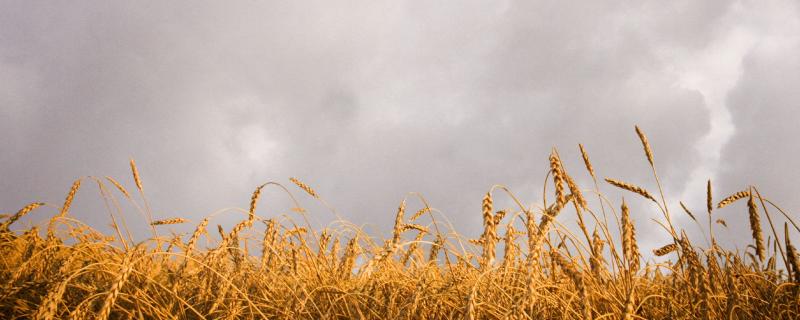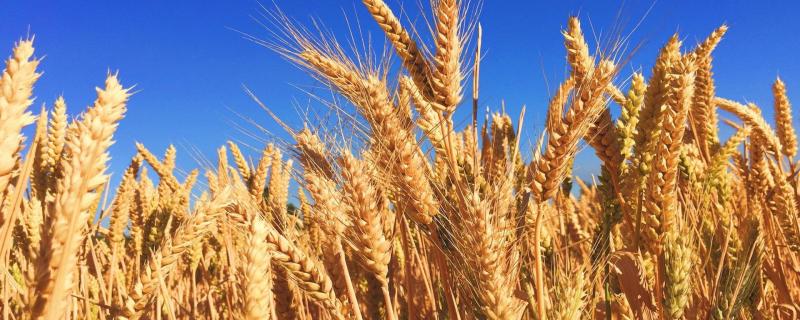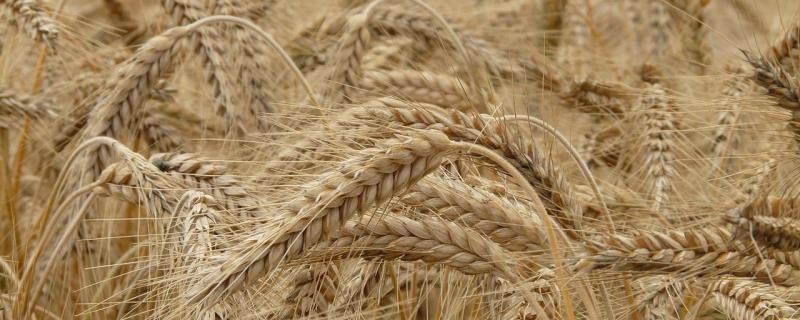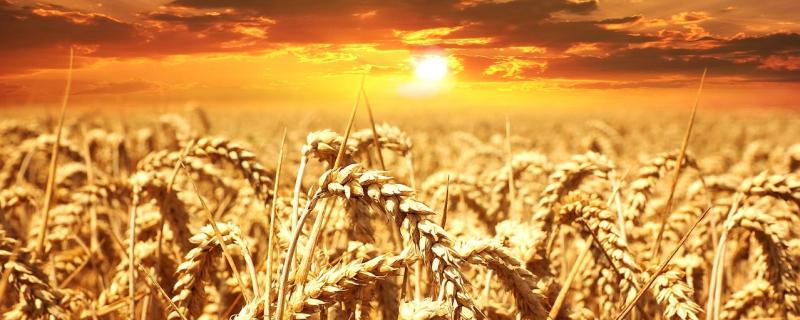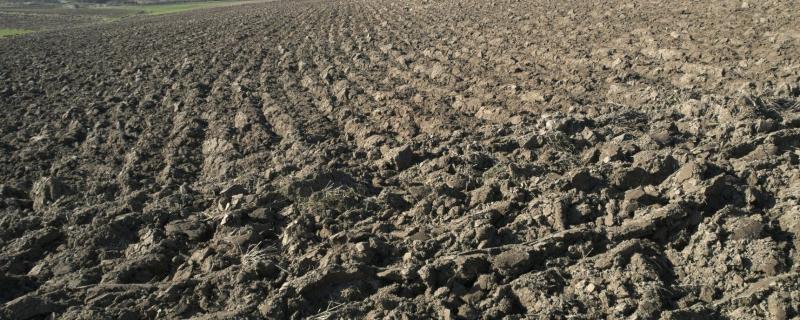New research from Stanford University has discovered a distressing link between coal-fired power plants and the harm they can cause to two of India's most important crops - Rice and Wheat.
Image: Dolomedes indicus, Adult Female (left) and adult male (right). Credit: Authors https://doi.org/10.1038/s41598-025-26308-2
Wayanad/

